At present, whether it is an adult or a child, there are many cases of inner and outer characters when walking. Among the problems related to children’s foot health and growth and development, abnormal gait such as the pronation and supination characters are also frequently mentioned by parents. With the growth of the child, the pronation and supination may also form permanent posture problems.
The research report formed after a screening of more than 1,000 people showed that 16% of the reports with the presence of the eight characters were found, and the incidence of children under 4 years old was as high as 30%. Although children may achieve self-correction in the subsequent developmental process, such a high proportion still attracts the attention of parents.
Today we will talk about the common causes of splayed feet and how to correct them.
1. The reasons for the formation of splayed feet
When the baby is in the mother’s womb, the legs are in the shape of a figure of eight. As shown in the figure below, the curled posture of the fetus causes the outer rotation of the thigh and the inner rotation of the calf, and the corresponding inner rotation of the foot. When the baby is born, the lower limbs will still maintain this position, and the feet are in the figure-in-eight position.
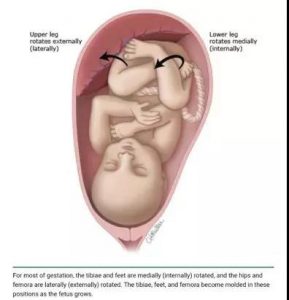
As children develop, they experience the natural developmental process of twisting the thigh inward and the calf outward. From 6 months to 5 years old, a child is an important period for gait formation and postural balance. This age group is also a predisposing period for abnormal gait and a critical period for self-correction.
At this stage, the outward twisting of the calf is underdeveloped, and it will form an internal character due to the inward twisting posture. If the calf is twisted out too much, it will cause a splay.
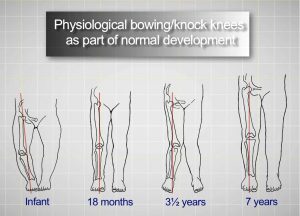
child development process
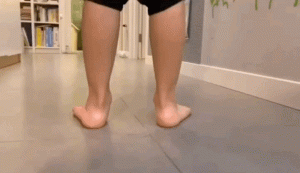
Pronation Walking Posture Example
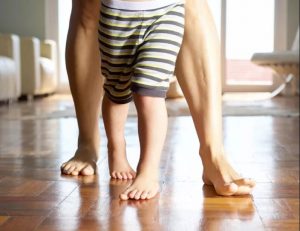
Example of supination walking posture
In addition to congenital developmental problems, there are three main problems that can cause abnormal gait in the pronation and supination horoscopes:
①Deflection of heel force line
②Tibial torsion (knee torsion)
③ Anterior tilt of the femur (anterior tilt of the pelvis)
The above three factors, from the bottom to the top, a problem in one link will lead to the other two problems, affecting the walking posture and physical health.
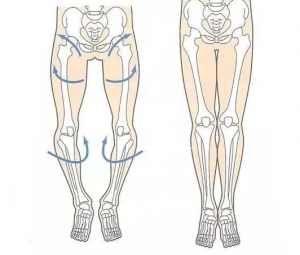
In addition to physiological problems, there are also some pathological factors that can cause problems with internal and external splayed feet, such as cerebral palsy, developmental dysplasia of the hip, congenital clubfoot, snake foot, slipped femoral epiphysis, etc. If these problems occur, you need to seek medical attention immediately.
Second, the solution of the pronation and supination foot
For the abnormal gait of inner or outer stance caused by physiological factors in children, it is necessary to first consult a doctor to exclude pathological factors, and then follow the doctor’s advice. At the same time, pay attention to the exercise of the child’s lower limb strength and foot arch strength. Appropriate correction aids can be used when the situation is appropriate. , such as custom-made orthopedic insoles.
If it is caused by pathological factors, it needs professional orthopedic treatment and correction.
Adults have basically lost the ability to correct themselves because their bones have matured. For adults with abnormal gait, professional corrective equipment and reasonable exercise should be used to avoid further deterioration of foot problems and more compensation due to abnormal gait.
Abnormal gaits such as pronation and supination are actually more common in life, but people lack a correct understanding of foot health problems, so they often take it seriously. With the development of the industry and technological progress, subsequent diagnosis, treatment and correction will be more professional, standardized and scientific.
All in all, in the face of internal and external splayed feet, we first need to identify the cause. By participating in the foot and spine health screening, you can establish a certain understanding of your feet and posture, just like knowing your own blood type, and understand your foot condition.
